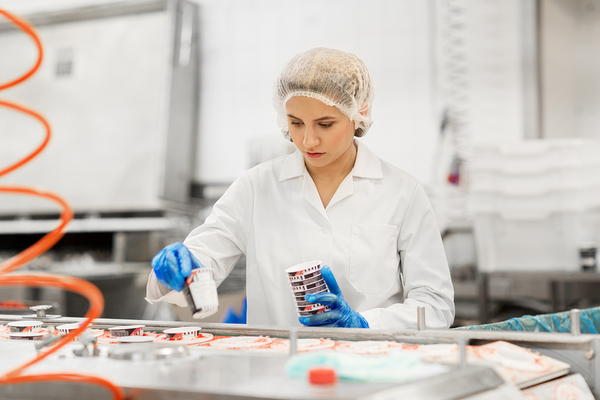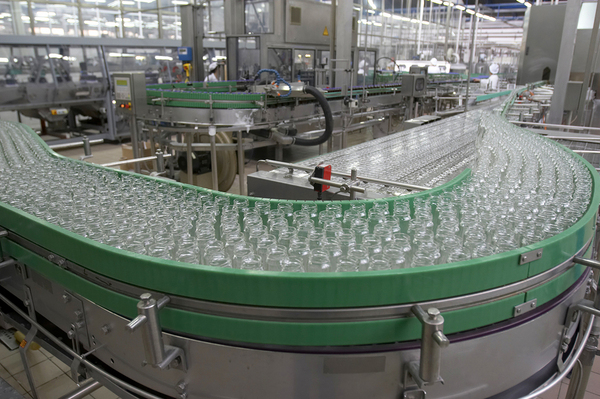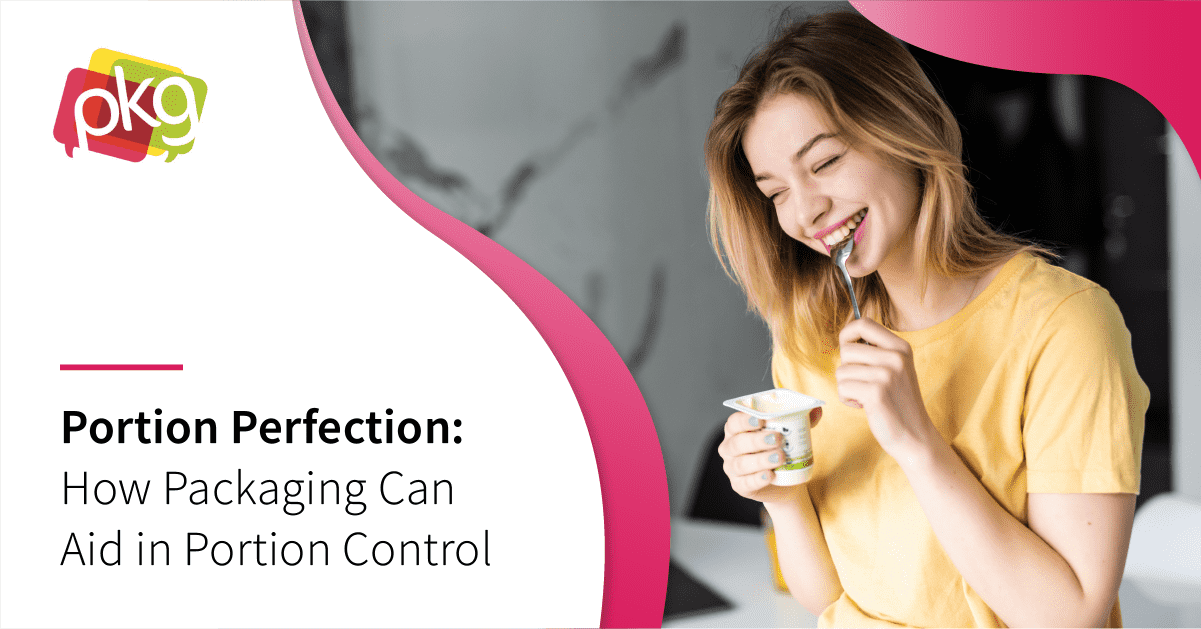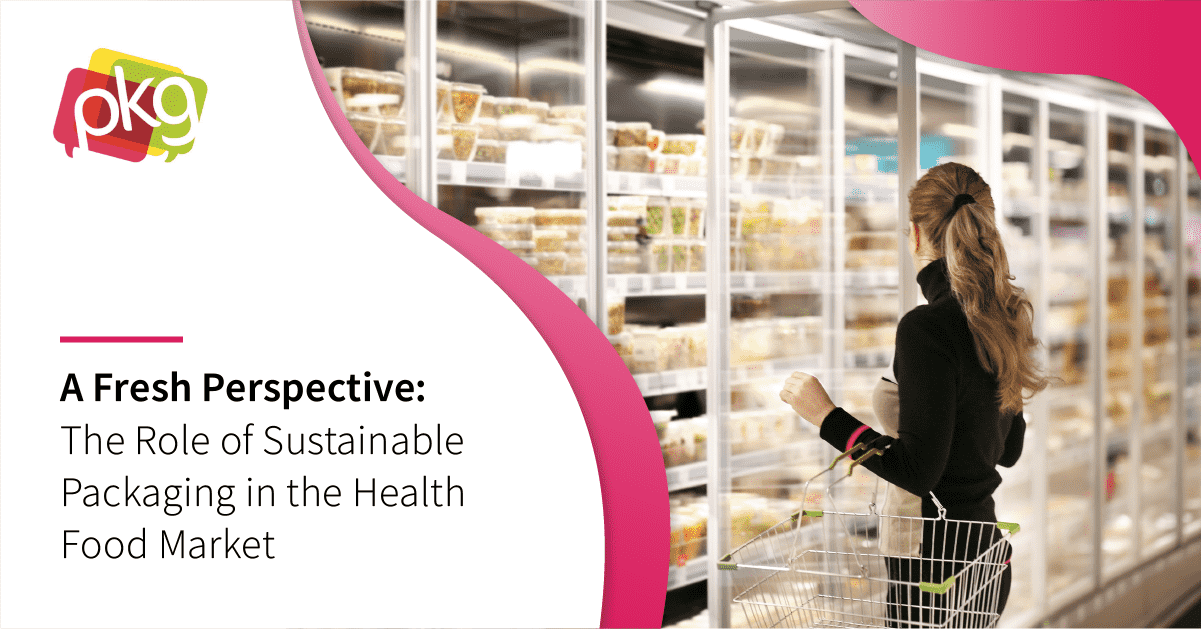Without safety in food packaging design, the contents of the package are irrelevant. Fortunately, packaging is not a significant risk in overall food safety management due to tight controls and regulations that reduce risks significantly.

In fact, overall risks to foods associated with food packaging design are low and decreasing due to practices like audit schemes and ISO 22000 mandates. Risk assessments on all raw materials and packaging materials help ensure safety in food packaging design, and most food processors across the globe participate in rigorous evaluation of the risks of food packaging.
Food packaging design continues to evolve with scientific and technological progress. The industry is adept at learning from mistakes and has come a long way over the past generation. Consider the food packaging designs on retailer shelves today and compare them to what you remember from ten years ago and you will realize the many advances in convenience, safety, efficiency, and sustainability.
Regardless of progress, however, manufacturers that want to change packaging materials must work with packaging professionals to ensure that all safety mandates will be met. Fortunately, suppliers, consultants, and even academics exist with the specific knowledge that brands need for understanding food packaging design technology. These experts can assist with things like choice of materials, troubleshooting, cost forecasting, and risk assessment. In other words, significant help is available for preventing safety problems with food packaging before it is used.
Three-Pronged Approach to Preventing Packaging Failures
Much more is expected of food packaging design by today’s consumer than was true in the past. Not only must packaging do its fundamental job of containing the product, it must do so safely, efficiently, and in harmony with other branding elements. It is not an easy task, and manufacturers must approach safety in food packaging design from multiple angles to maximize safety and minimize risks.
A three-pronged approach can provide the best comprehensive defense against problems with packaging. It includes attention to the packaging and manufacturing process, human error, and the supply chain/raw materials.
Attention to the packaging and manufacturing process means examining factors like environmental hygiene where food packaging is manufactured, as well as materials, including inks. For example, certain inks in packaging can interact with high-fat foods (like cheese). In foods packaged with laminate films, each and every layer must be food-safe while preventing transfer of hazardous substances into food.
Human error will always be an issue, but it is less of one than it used to be due to technologies and built-in fail-safety. Organizations must, of course, ensure that anyone interacting with food packaging is trained in personal hygiene, equipment sanitization, and sanitization of surfaces and utensils. They must also understand potential consequences from lapses in these practices.
Risk assessment associated with the packaging supply chain is essential too. Different levels of due diligence are required for different suppliers, and it is essential that suppliers understand risks and their potential contributions to it from a food packaging design viewpoint.
The Roles Food Packaging Design Is Expected to Fulfill
Food packaging design is expected not just to safely contain and transport products, but also to be a vehicle for communication of branding and other product attributes such as healthy attributes, serving ideas, and convenience. Food packaging must provide certain consumer information, such as ingredient and nutritional information, and it is considered a powerful aid in marketing as well. Furthermore, food packaging must allow for tracking in the event of a product or packaging mistake for which a recall would be issued.

In some cases, the packaging itself offers information to consumers about possible contamination. For example, caps on some glass jars have a pop-up center to let consumers know that the jar has been opened. Many products contain plastic collars and other types of seals that can indicate that a product has been tampered with. Researchers are working toward packaging designs that can give more detailed information about product spoilage, and this is expected to ultimately result in less food waste in the future.
It is important to remember that the marketing and branding elements of packaging design ultimately matter very little if a manufacturer does not fulfill the many obligations of packaging safety.
Top Issues of Concern to Consumers in Food Packaging Design
Two top consumer issues when it comes to safety in food packaging are foreign materials making their way into products, and concern over chemicals used in food packaging.
Many food packages are made out of glass, brittle plastics, and metals including steel, tin, and aluminum, all of which can pose consumer risks if they should end up in the product. Fortunately, the chances of that happening are low. Glass jars, for example, are produced from molten glass, typically in two stages. The jars are cooled, inspected, cased, and shipped. The potential for small pieces of glass in food products is extremely low and is controlled through practices like applying surface coatings to minimize friction due to container-to-container contact, and the use of rejection devices to identify and remove defective containers from the manufacturing process. Relevant control procedures are also used with brittle plastics and metals.
As for concern about chemicals, the clean-label movement has prompted many food processors to remove complex ingredients where possible, even if those ingredients have no evidence of being harmful. The chemical BPA, which is used as a protective lining in many containers and used in products like water bottles, has raised consumer concern, despite reassurances that the levels of BPA in products are extremely low. As a result, many packaging suppliers have scrambled to substitute other materials in their packaging.
Foreign Material Controls
Foreign material controls are used at multiple stages of the food manufacturing and packaging process. Use and management of various foreign material controls can significantly reduce food packaging-related problems. The exact controls used depend on the packaging materials, and success with them requires documented procedures for use, excellent training of the personnel who interact with them, and proper recordkeeping. Commonly used foreign material controls include:
- Air washers – used with glass, cans, pouches, and plastics. Air washers use filtered air to remove moisture and oils. Regular filter changes and monitoring of the air pressure used are important factors in the effectiveness of air washers.
- Water washers – used with plastic and glass cans and bottles. A combination of proper water temperature and pressure are used to ensure sufficient cleansing of the packaging.
- Metal detectors – designed to detect any and all metal above a certain size. There are many different metal detector designs in use, and most are designed to reject products determined to contain metal. Most are also located on the line post-packaging, so if metal is detected, the entire package is rejected.
- X-ray machines – which are expensive, but can be used for many tasks, including detecting foreign materials as well as confirming fill levels and evaluating the integrity of seals.
- Magnets – which are able to remove very small metal fragments including things like staples used in bins or totes.
- Cameras – which allow comparison of containers to designated standard containers for identification of defects like grease spots.
- Scanners -which are used for quality control on products like bulk seeds and grains.
- Light boxes – which assist human inspectors in identifying defects in glass or plastic containers.
- Visual inspection – done by people, often as packages are physically handled and loaded into baskets or trays.

Allergen Management and Food Packaging Design
Allergen management is required preventative control and involves multidisciplinary action on both product and packaging. Allergen labeling requirements are one of the most important aspects of allergen management because this is what informs consumers of what is in, or what may be in, a product.
With respect to food packaging design, allergen management is largely down to sound label management processes. For example, current labels may be dated and placed in a master label file, which is updated when a label is added to or removed from the file with information about changes recorded. When a production run commences, labels used can be compared with the label in the master label file to ensure accuracy, and during production, a label from early, mid- and late-stages of the production run can be chosen to again verify that the right label was used. Storage of labels should restrict access to ensure that only authorized personnel can gain access to them.
Global Food Safety Initiative and ISO 22000
The Global Food Safety Initiative, in association with ISO 22000 certification, creates a standardized framework for managing a company’s food safety responsibilities, including food packaging design safety. Companies that achieve certification have demonstrated robust food safety management that meets requirements of customers and consumers. Around 1,500 auditors throughout the world are used to ensure trusted brand assurance in the consumer goods space.
The challenges of a modern, global food supply chain have prompted food retailers to demand that suppliers be certified to Global Food Safety Initiative (GFSI) schemes. The GFSI was established to raise consumer confidence in food safety by continual improvement of food safety in the supply chain. Packaging and packaging materials are critical components in GFSI schemes.
Many of today’s manufacturers of food packaging undertake GFSI certification to help maintain and improve food safety and brand protection. Certification can also assist with securing new business opportunities since more customers now specify that they want GFSI-certified suppliers of food packaging.
Food Safety Alliance for Packaging
The Food Safety Alliance for Packaging (FSAP) consists of individuals from both food manufacturers and food packaging suppliers and is dedicated to improving food quality as well as safety awareness in the food packaging industry. The group has published many helpful documents aimed at improving product stewardship in all aspects of packaging supply.
Food packaging stewardship considerations are spelled out in terms of specific packaging substances and indicate where these substances should not be used intentionally when suitable alternatives are available. For example, best practices dictate that the use of BPA in can coatings and plastic resins be avoided when suitable alternatives exist. Another best practice is minimizing the use of latex in cold seal so as to avoid contact with food.
Biological Sensors in Food Packaging Designs of the Future
The food packaging industry is ripe for technological advancement, and researchers are developing innovative packaging technologies that promise better, earlier detection of potential storage and ultimately less food waste.
Smart packaging solutions include things like printed electronics, time-temperature indicators, and RFID tags for tracking and identification. Researchers at Clemson University are working with so-called triboelectric devices that are self-powering from vibrations and other forces that occur naturally in the production environment. The results of such smart packaging are expected to play a role in the increasingly connected world of the Internet of Things – where devices and products communicate autonomously, potentially sensing their environment and determining if problems (like temperatures outside of certain ranges) have occurred.

Other researchers are developing biosensors that can detect food spoilage far earlier than current color-change labels. Current food spoilage-detecting labels change color when they detect volatile complexes like sulfur or ammonia from meat proteins breaking down. While accurate, they operate late in the game – often when products are too spoiled to be usable at all. Biosensor arrays, by contrast, detect potential problems earlier, when products are still usable, thus preventing food waste.
Food packaging design is advancing in many ways to better ensure food safety. There is no single packaging design element that will fulfill all needs, so a multi-directional approach is still necessary. However, technology is making many of these approaches more accurate and faster, resulting in less food waste and fewer errors that can lead to recalls.
At the same time, the role of food packaging design in marketing and consumer appeal is increasing. As a result, packaging designers are taking note of consumer concerns and addressing them, and packaging producers are implementing more advanced technologies that can detect problems with food packaging early on – well before products reach consumers. The future of food packaging technology is bright as well, with the development of smart packaging that monitors conditions and that may be able to detect spoilage earlier than has ever been possible. The challenges for ensuring food safety through excellence in food packaging design are many, but they are being addressed systematically, giving food manufacturers and consumers more confidence in the safety of food products.
PKG Brand Design is always on the forefront of new CPG branding and packaging initiatives; please subscribe to our blog for the latest package design industry news!







